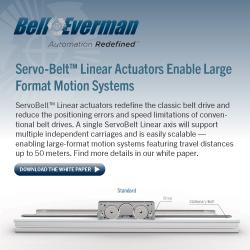Smart Farm: Creating the Farm and Farmworkers of the Future
Andy Fell for UC Davis: MORNING, 2047: WORK IS WELL UNDER WAY as day breaks on this farm in California’s Central Valley. A robotic tractor drives along rows of tomato plants, with a snip-snip-snip as weeds are cut away. A drone hovers over a field, looking for signs of disease. In the feedlot, sensors show which cattle are thriving and which are eating less – an early sign of illness.
From her office, the farm’s manager checks data flowing in on crops and livestock, what is being done and what needs attention. Across the farm, skilled workers tend to machines as well as to plants and animals.
Thanks to technology, this farm of the future produces more food, measured by inputs of land, labor, energy or materials than ever before and does so with less water and less impact on the environment and climate. And it also provides skilled careers for a new generation of farmworkers.
That’s the vision behind the Smart Farm Initiative at the University of California, Davis, one of the “Big Ideas” that the campus hopes will capture the attention of collaborators, donors and supporters.
“Smart Farm is about addressing the grand challenges in agriculture, using technology to increase production of food and renewable energy in the face of a changing climate,” said David Slaughter, professor of biological and agricultural engineering at UC Davis, who is leading the initiative. “What will a farm look like in 50 or 100 years? We have to address population growth, climate change and labor issues, and that has brought a lot of interest in technology.” Full Article:
Comments (0)
This post does not have any comments. Be the first to leave a comment below.
Featured Product


